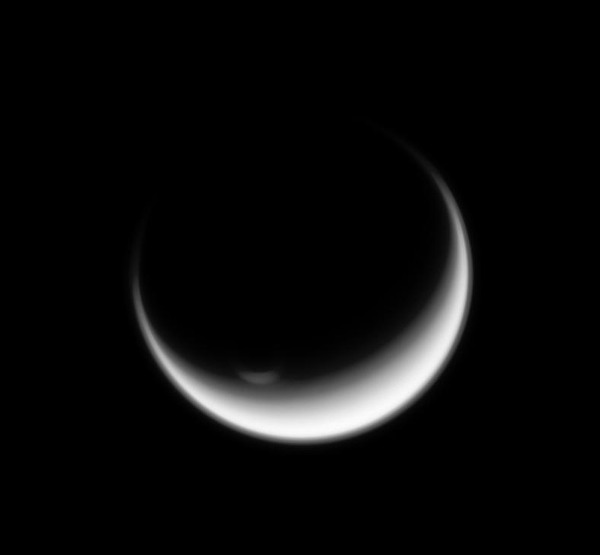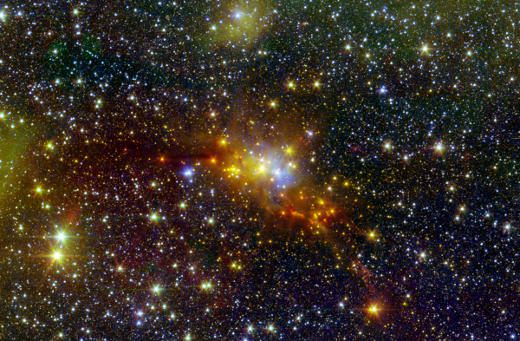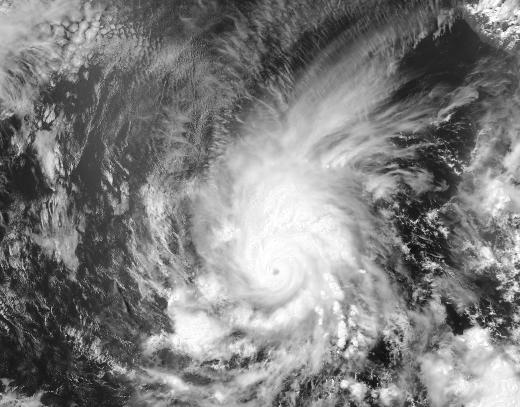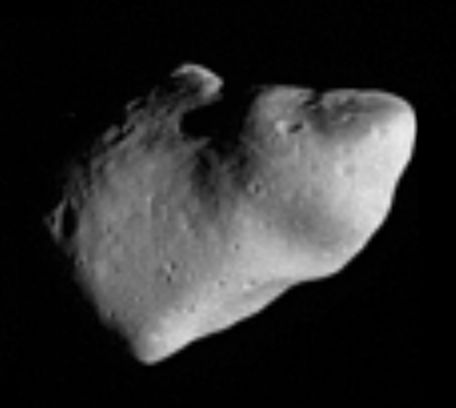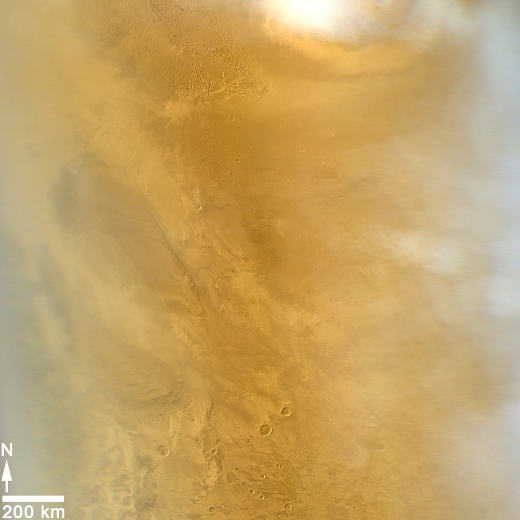
This picture was taken by the Mars Color Imager (MARCI) camera on NASA’s Mars Reconnaissance Orbiter and covers an area about 1,000 miles (1,600 kilometers) wide on the Maritian surface. The atmosphere of the red planet seems to be experiencing dust storms when this particular weather related observation of Mars was made on March 20, 2014.
